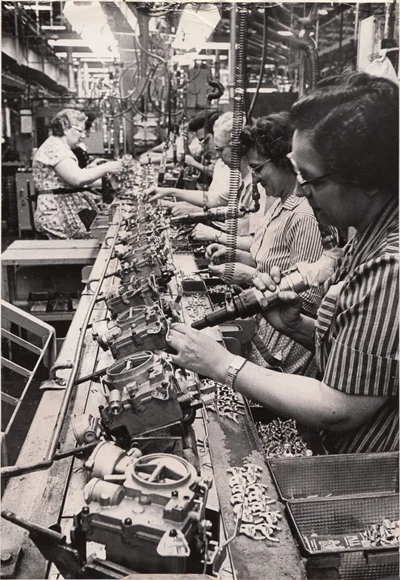Most any hands-on hobbyist is familiar with the basic steps involved in a carburetor rebuild. It usually consists of complete disassembly, a thorough cleaning, installing fresh (and ethanol-compatible!) gaskets and seals, accelerator pump, float, and fuel filter, and then reassembly. That’s generally well enough for any carburetor in reasonable condition that remains in its original application. Well-used carburetors may require additional steps, however.
I was recently rebuilding a Rochester Quadrajet in my garage. It was a rare and valuable 1971 455 HO casting that boasts increased airflow capacity. Routine in my practice, once the carburetor was complete, I set back and methodically bench-checked everything to ensure proper installation and functionality before it goes onto an intake manifold. I then started thinking about the amount of time I’d invested in this single carburetor and attempted to relate that to GM’s Rochester Products Division plant in Rochester, New York and the efficiency an assembly line with skilled works affords.
That last thought helped me recall a certain GM press photo in my collection. It depicts a carburetor assembly line at Rochester filled with 2GC two-barrel units on a typical day in August 1964. At each station was a worker responsible for installing their respective component(s) as carburetor bodies progress toward completion. Looking at the photo, I can’t help but wonder how many of the two-barrels in it were destined for Pontiacs, and more specifically Tri-Power applications. What really struck me, however, was its accompanying caption. GM stated that at that point Rochester was assembling more than 15,000 one-, two- and four-barrel carburetors per day!
And I’d just spent hours working a one carburetor…

